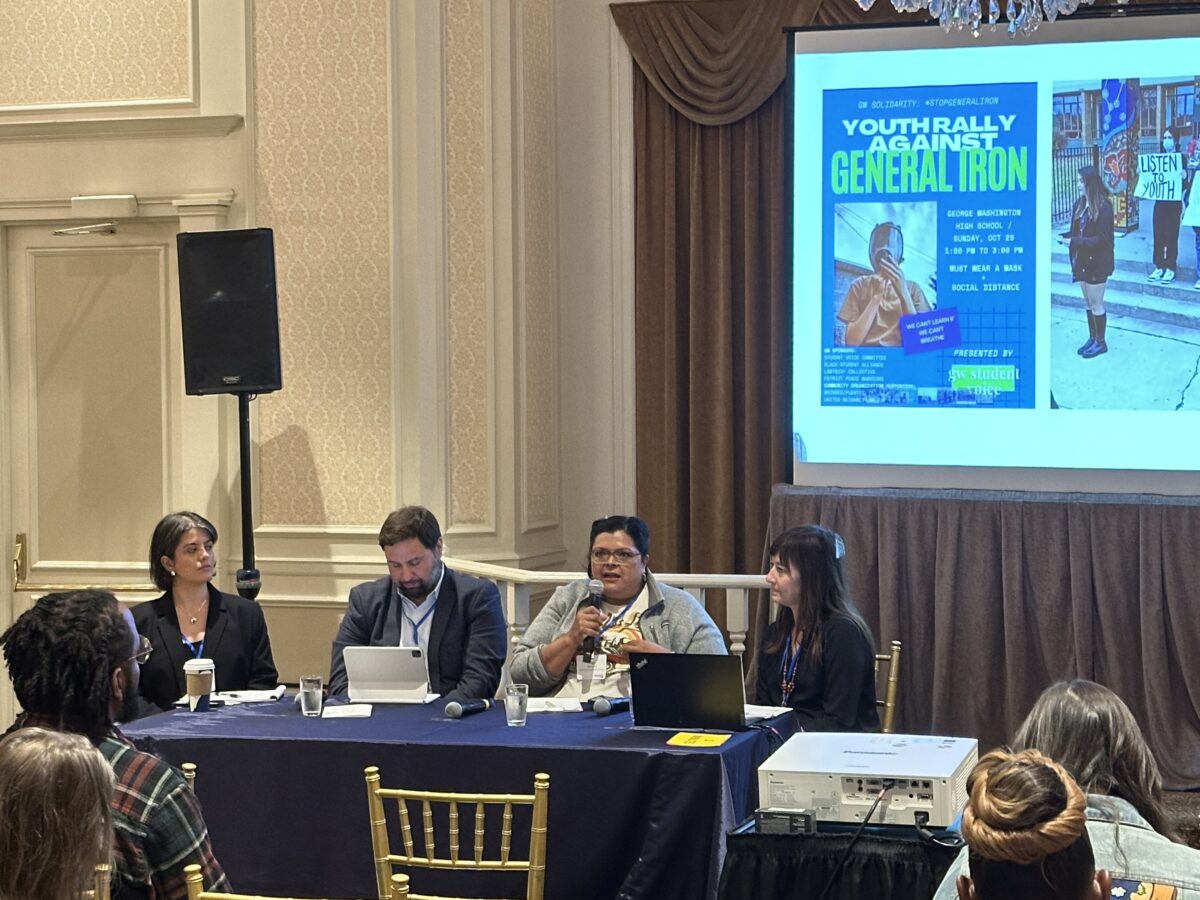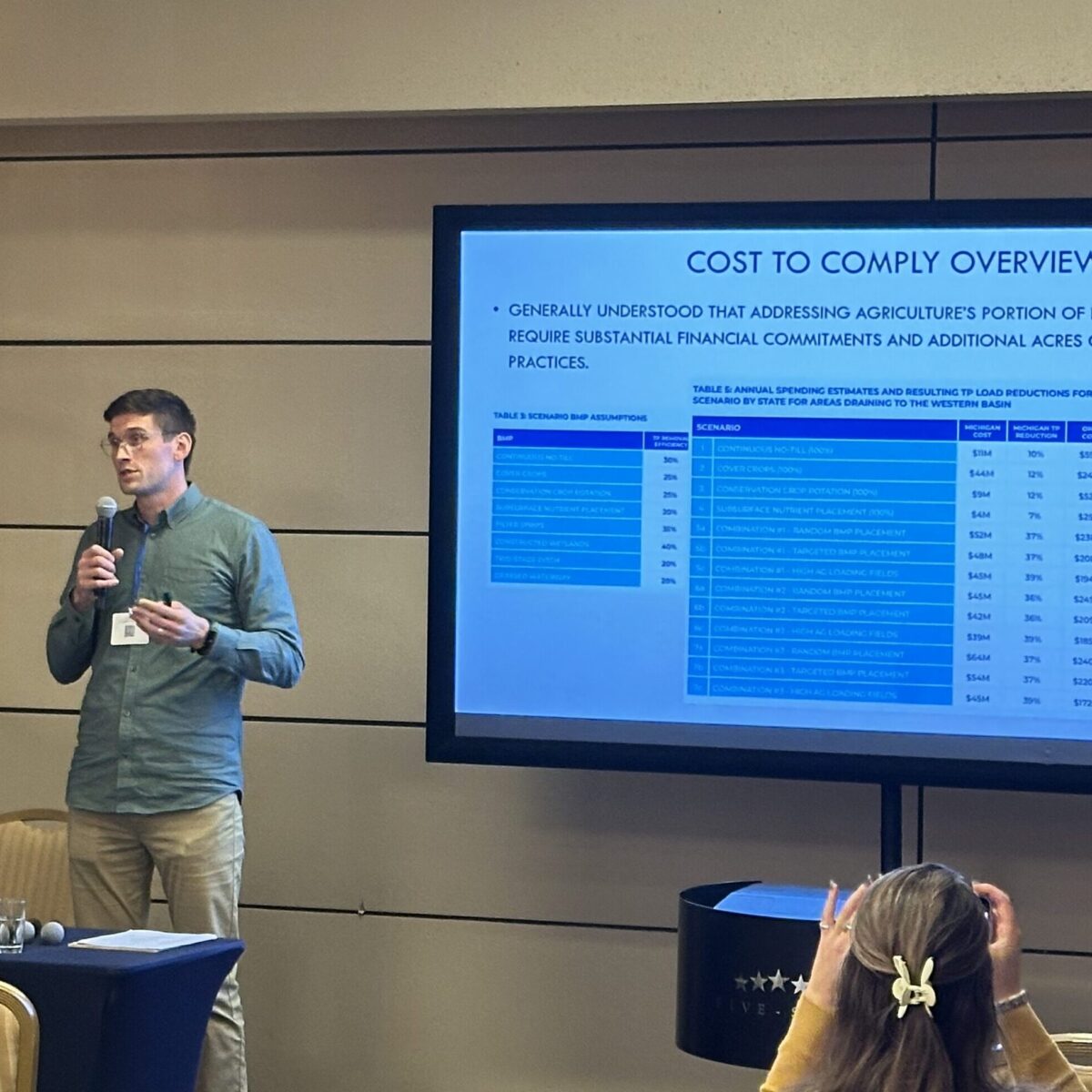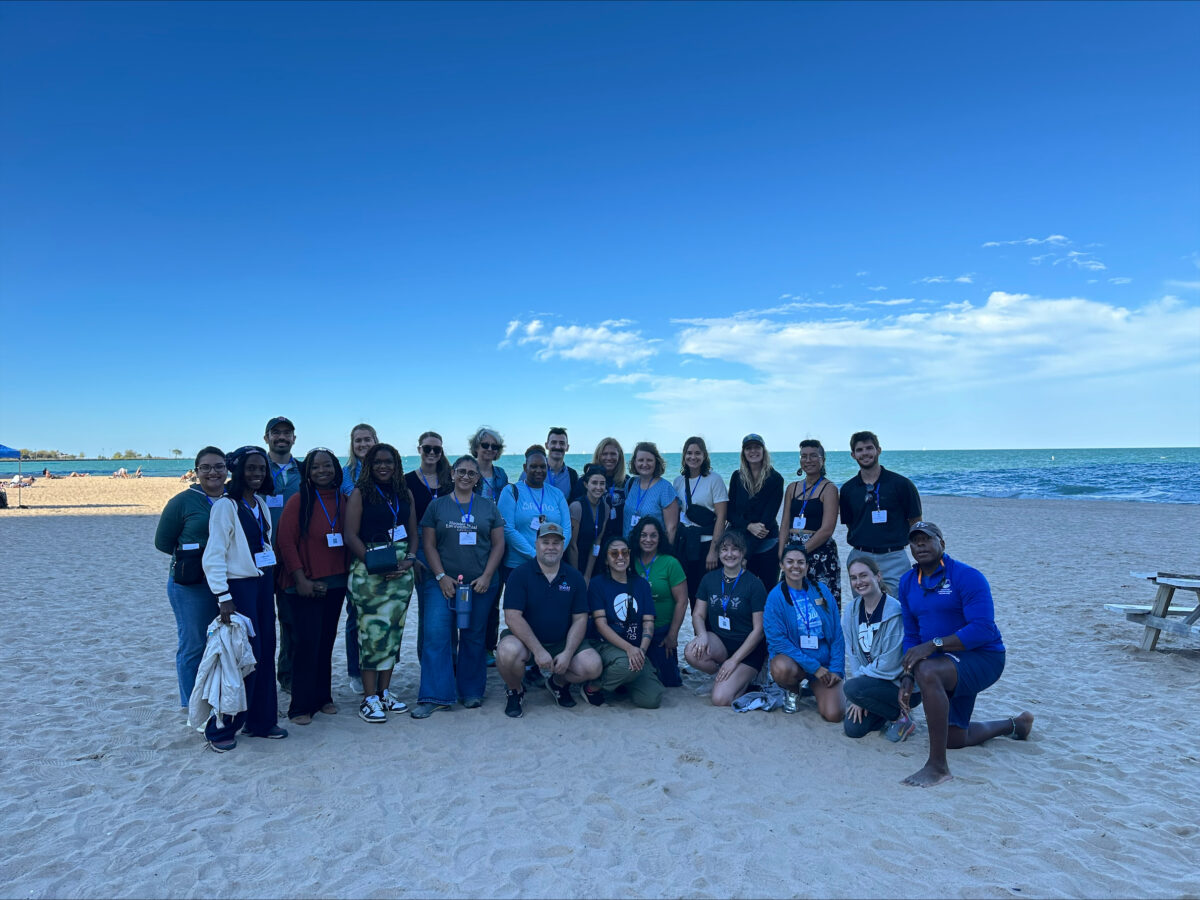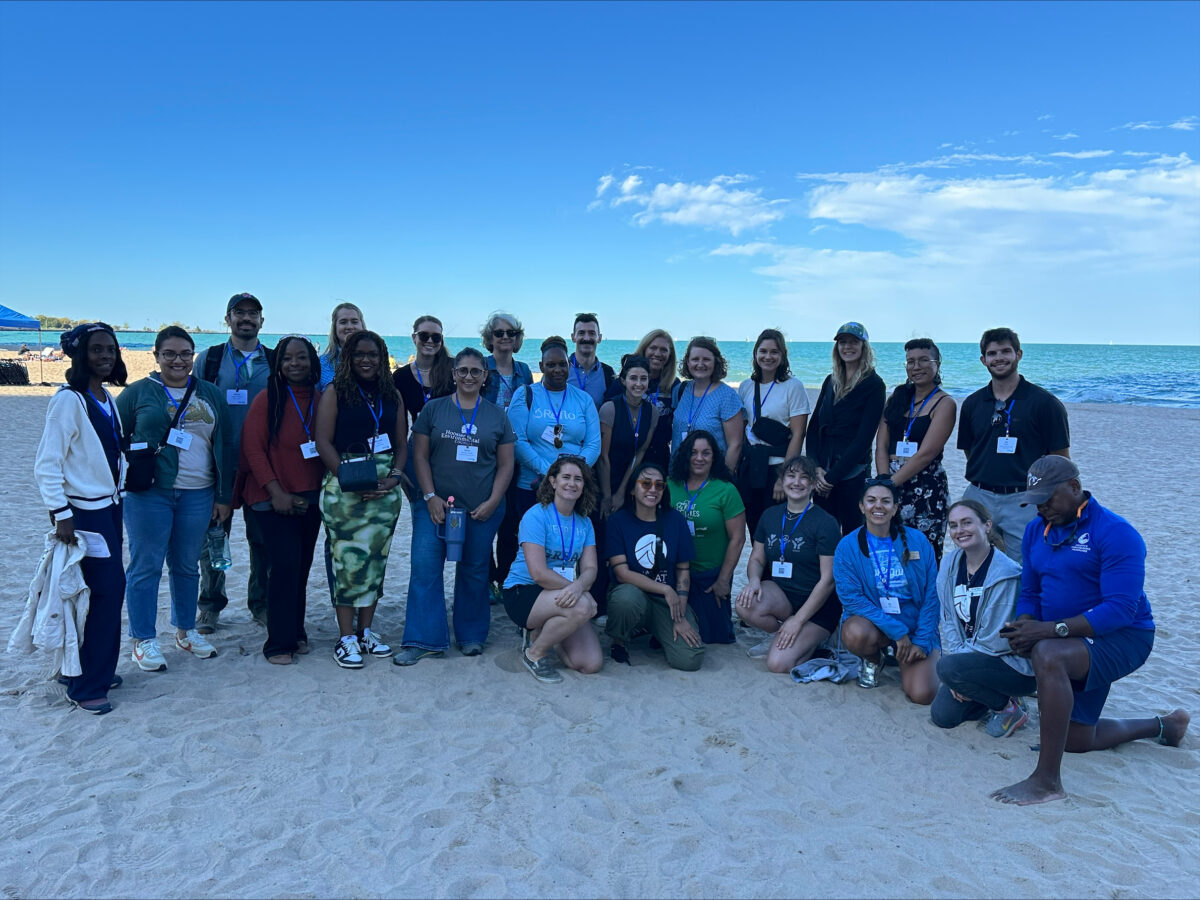This year’s Healing Our Waters (HOW) Conference in Chicago brought together advocates, community leaders, and passionate individuals to address major issues facing the Great Lakes, including the pressing issue of water justice. The event focused on solutions, driven by people committed to ensuring that clean water and proper sanitation are accessible to everyone—especially those living in underserved communities. Many members of the Alliance for the Great Lakes team attended the conference, led panels, and participated in planning. Over the two days, one message was clear: this is a fight for fairness, and the people on the ground are leading the charge.
Spotlight on Chicago’s Fight for Water Justice
Meleah Geertsma, Director of Clean Water and Equity at the Alliance for the Great Lakes, facilitated a thoughtful discussion on how community advocates in Chicago have been battling against unfair land use and zoning policies that have harmed neighborhoods for decades. These advocates are using a civil rights legal framework to fight for water justice, focusing especially on issues like flooding and inadequate sanitation systems. They’re not doing it alone—there’s a collaborative effort with city government to make lasting changes.
Meleah began by asking the audience key questions, like how familiar they were with environmental justice cases such as Sackett, a recent environmental law case that weakened the Clean Water Act, and Zanesville, which relied on civil rights law to address denial of water service for a community in Ohio. The responses varied, revealing that while some cases are well-known, especially environmental law decisions, there’s still a need for greater awareness and education about how civil rights law can be an effective tool in the fight for environmental justice.

Insights from the Panel
The panel brought together three leaders who have been on the frontlines of the fight for water justice:
- Olga Bautista, Executive Director of the Southeast Environmental Task Force, shared how years of hard work resulted in a groundbreaking agreement between the City of Chicago and the U.S. Department of Housing and Urban Development. She emphasized that viewing water justice through a civil rights lens has been essential in getting local government to take long-overdue action.
- Rob Weinstock, Director of the Environmental Advocacy Center at Northwestern Pritzker School of Law, highlighted the importance of legal support for communities. He explained that his team’s mission is to equip these communities with the legal tools they need to keep pushing for the changes they deserve.
- Gaby Wagener-Sobrero, Environmental Justice Manager for the Chicago Department of Environment, spoke about the shift happening within the city government. She explained that they are now prioritizing communities that have been neglected for too long, working closely with local advocates to address water justice concerns.
More than 40 people attended the panel. The presence of a representative from the City of Chicago, working alongside community and legal experts demonstrated the growing collaboration between the government and the people who are most affected by these issues.
Celebrating Success and Looking Forward

Angela Larsen, Director of Planning and a member of the conference host committee, played a key role in shaping several discussions throughout the event. Her focus was on celebrating the successes of community-driven efforts and ensuring that future strategies are built around the voices of those most impacted by water issues. Angela made it clear: if we want real change, community vision must be at the heart of every decision.

Tom Zimnicki, the Alliance’s Agriculture & Restoration Policy Director presented on his team’s work monitoring water quality and implementing conservation practices in the Lake Erie watershed. The goal of the project is to reduce harmful algal blooms that make the lake’s water toxic to fish, wildlife, pets, and people. They’re deploying sensors in key watersheds in the Western Basin of Lake Erie to track nutrient runoff, primarily from agricultural land uses, which enters streams and tributaries to Lake Erie and fuels the algal blooms.
Hands-On Learning at Oak Street Beach
Beyond the panels, attendees were able to take part in hands-on learning during a field trip to Oak Street Beach. Hosted by the Alliance for the Great Lakes, Shedd Aquarium, and Save the Dunes, the field trip involved a beach cleanup as part of the “Great Lakes Litter Data” initiative. More than 26 participants joined in, removing over 2,000 pieces of litter—including plastic, foam, and cigarette butts. It was not only a chance to help clean the lakefront but also an opportunity to learn more about plastic pollution and the impact of community science.



The Power of Community Advocacy
From insightful panel discussions to hands-on activities, the HOW Conference was a demonstration of the power of community advocacy. It showed how real change happens when communities, legal experts, and government officials come together with a shared vision. This conference may be over, but the fight for water justice is far from finished as we work to ensure equitable access to clean water across the Great Lakes.
